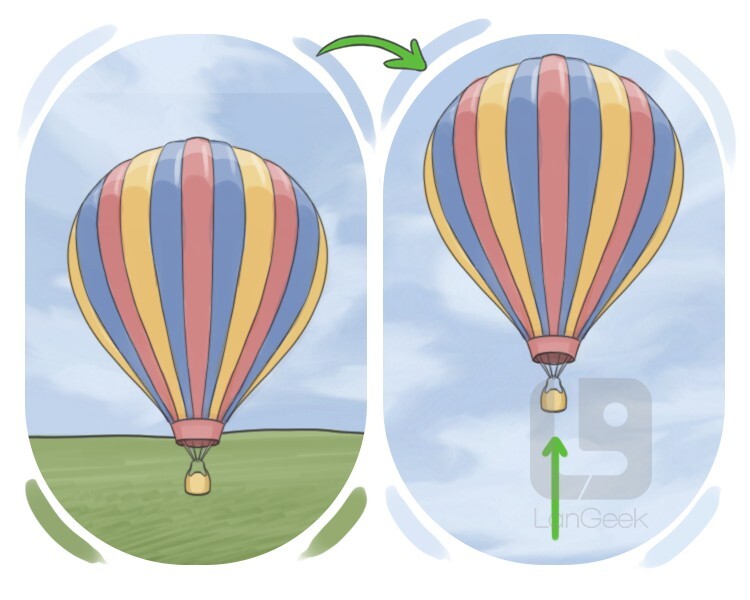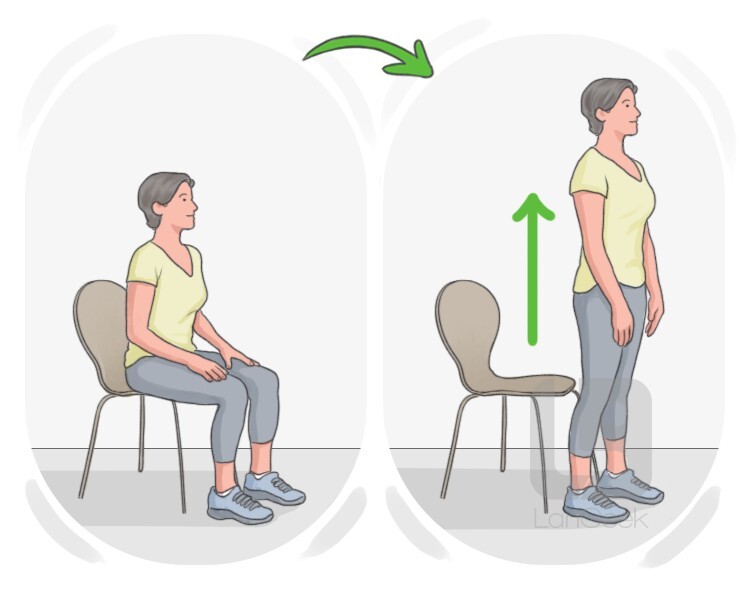Search
Select the dictionary language
to move from a lower to a higher position

to grow in number, amount, size, or value

(of the sun) to come up from the horizon

to ascend or emerge from below the water's surface
to increase or become more intense
to achieve a better life or job position
to construct or build upward, progressing from the ground level or foundation
to confront difficulties with resilience, determination, and effectiveness
to experience an uplift or improvement in one's emotional state
(of dough) to increase in volume, become lighter, and develop a fluffy texture
to resist or oppose an established authority, often in pursuit of political or social change
to come back to life or regain existence after experiencing death
an increase in the amount of salary or wages that an employee receives

an increase in something's number, amount, size, power, or value
an upward change or increase in the cost or price of something
the act of moving or traveling in an upward direction
the characteristic of a slope or surface that ascends or inclines upward
a movement upward
a wave that lifts the surface of the water or ground
(theology) the event marking the origination or manifestation of the Holy Spirit at Pentecost
the act of reaching a position of more importance, success, or power
the vertical distance or height between the springing point and the highest point of the arch
What is the "rise"?
In architecture, the rise refers to the vertical distance from the springing point of an arch or vault to its highest point, which is often the apex or crown. This measurement is important in determining the shape and overall appearance of the arch. A greater rise typically results in a steeper and more pronounced curve, while a smaller rise creates a flatter arch. The rise is a key factor in both the structural integrity and aesthetic quality of an arch, influencing how it interacts with the surrounding space and other architectural elements.
Lexical Tree






























